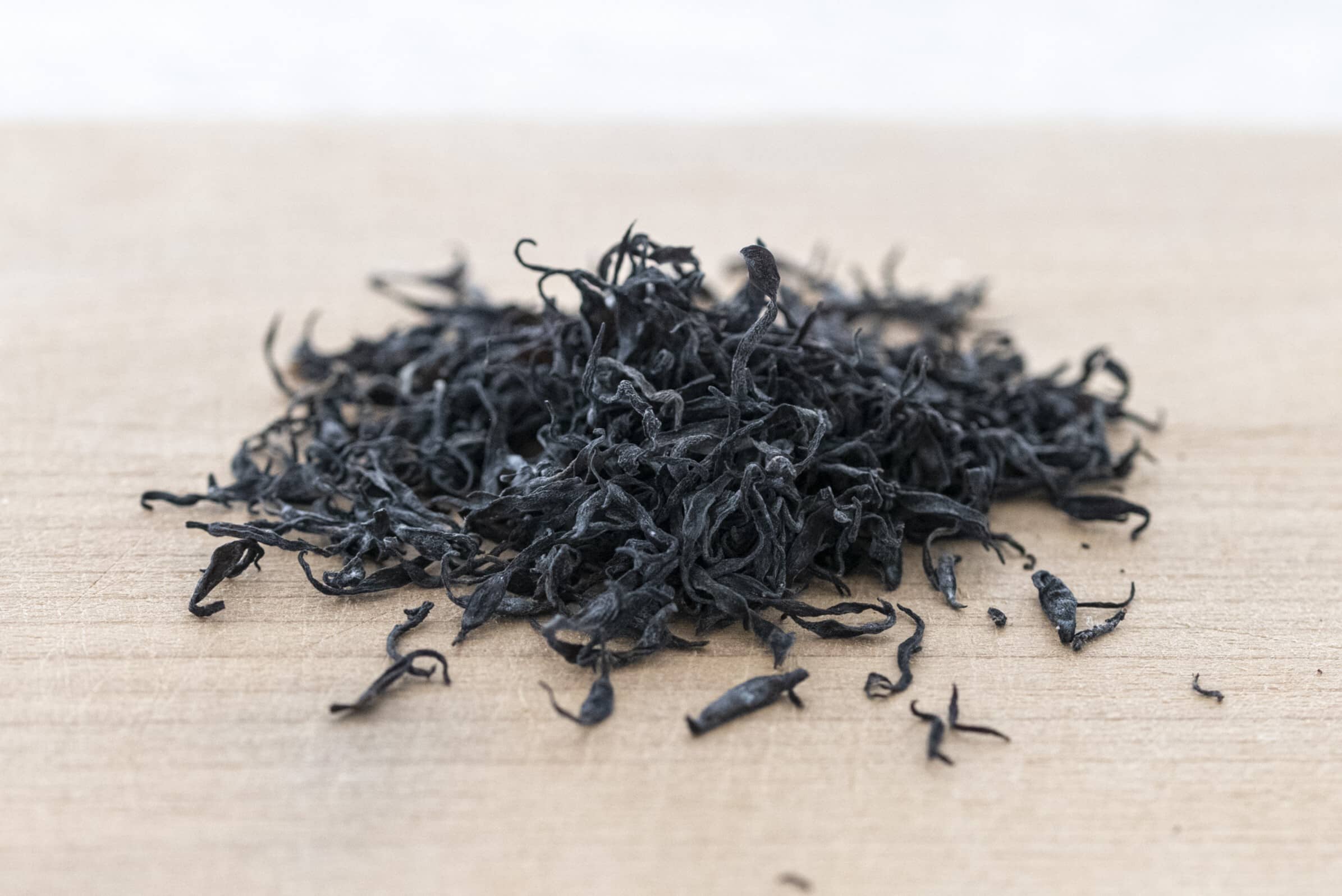
Hijiki is a type of seaweed that has been a staple in Japanese cuisine for centuries. But what makes this humble sea vegetable so special? Hijiki is packed with nutrients, including dietary fiber, iron, and calcium, making it a powerhouse of health benefits. It's often used in salads, soups, and side dishes, adding a unique flavor and texture. However, there's more to Hijiki than just its nutritional value. Did you know that it has a rich cultural significance in Japan? Or that it has been linked to various health benefits, such as improved digestion and bone health? Whether you're a foodie, a health enthusiast, or just curious, these 15 facts about Hijiki will give you a deeper appreciation for this versatile seaweed.
Key Takeaways:
- Hijiki is a nutrient powerhouse, packed with calcium, iron, and magnesium. It's low in calories and high in fiber, making it a healthy addition to any diet.
- While hijiki has a rich history and versatile culinary uses, it's important to consume it in moderation due to its arsenic content. Always check local guidelines before adding it to your diet.
What is Hijiki?
Hijiki is a type of seaweed commonly found along the rocky coastlines of Japan, Korea, and China. This edible seaweed has been a staple in East Asian cuisine for centuries. Let's dive into some fascinating facts about hijiki.
-
Hijiki's Nutrient Powerhouse: Hijiki is packed with essential nutrients like calcium, iron, and magnesium. It's known for having ten times more calcium than milk.
-
Rich in Dietary Fiber: This seaweed is an excellent source of dietary fiber, which aids in digestion and helps maintain a healthy gut.
-
Low in Calories: Hijiki is low in calories, making it a great addition to any diet without the worry of extra calories.
Historical Significance of Hijiki
Hijiki has a long history in East Asian cultures, often linked to health and longevity. Here are some historical facts about this seaweed.
-
Ancient Japanese Diet: Hijiki has been part of the Japanese diet for over a thousand years. It was traditionally harvested by hand and dried for preservation.
-
Samurai's Secret: Samurai warriors consumed hijiki to boost their strength and endurance during battles.
-
Traditional Medicine: In traditional Chinese medicine, hijiki is believed to promote healthy hair and skin.
How Hijiki is Harvested and Prepared
The process of harvesting and preparing hijiki is quite unique. Let's explore how this seaweed makes its way from the ocean to your plate.
-
Hand-Harvested: Hijiki is typically hand-harvested from rocky coastlines during low tide.
-
Sun-Dried: After harvesting, hijiki is sun-dried to preserve its nutrients and flavor.
-
Rehydration: Before cooking, dried hijiki must be soaked in water to rehydrate it. This process can take up to 30 minutes.
Culinary Uses of Hijiki
Hijiki is versatile in the kitchen and can be used in various dishes. Here are some ways hijiki is enjoyed around the world.
-
Salads: Rehydrated hijiki is often added to salads for a nutritious boost.
-
Stir-Fries: It can be stir-fried with vegetables and tofu for a delicious and healthy meal.
-
Rice Dishes: Hijiki is commonly mixed with rice to create flavorful and nutritious rice dishes.
Health Concerns and Safety
While hijiki is nutritious, there are some health concerns to be aware of. Here are a few important points regarding its safety.
-
Arsenic Content: Hijiki contains inorganic arsenic, which can be harmful in large quantities. It's recommended to consume hijiki in moderation.
-
Regulations: Some countries have regulations on hijiki consumption due to its arsenic content. Always check local guidelines before adding it to your diet.
-
Balanced Diet: As with any food, it's best to enjoy hijiki as part of a balanced diet to reap its benefits without overconsumption.
Final Thoughts on Hijiki
Hijiki, a lesser-known seaweed, packs a punch with its nutritional benefits. Rich in dietary fiber, calcium, and iron, it supports digestive health and bone strength. Despite its arsenic content, moderate consumption is generally safe. This sea vegetable has been a staple in Japanese cuisine for centuries, adding a unique flavor and texture to various dishes. Its ability to expand when soaked makes it a versatile ingredient in soups, salads, and stir-fries. While hijiki may not be as popular as other seaweeds like nori or wakame, its health benefits and culinary uses make it worth trying. Whether you're a foodie looking to experiment or someone interested in boosting your nutrient intake, hijiki offers a tasty and nutritious option. Give it a go and see how this seaweed can enhance your meals.
Frequently Asked Questions
Was this page helpful?
Our commitment to delivering trustworthy and engaging content is at the heart of what we do. Each fact on our site is contributed by real users like you, bringing a wealth of diverse insights and information. To ensure the highest standards of accuracy and reliability, our dedicated editors meticulously review each submission. This process guarantees that the facts we share are not only fascinating but also credible. Trust in our commitment to quality and authenticity as you explore and learn with us.


